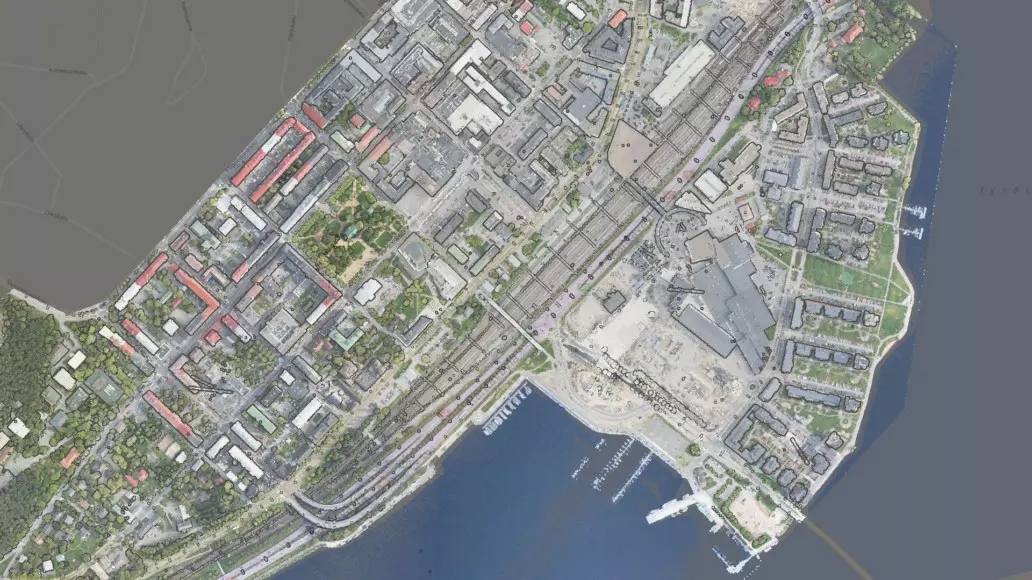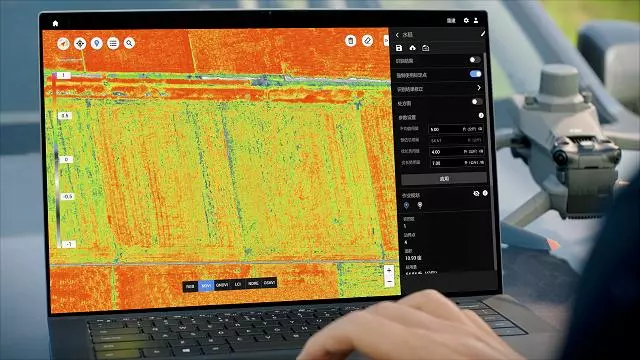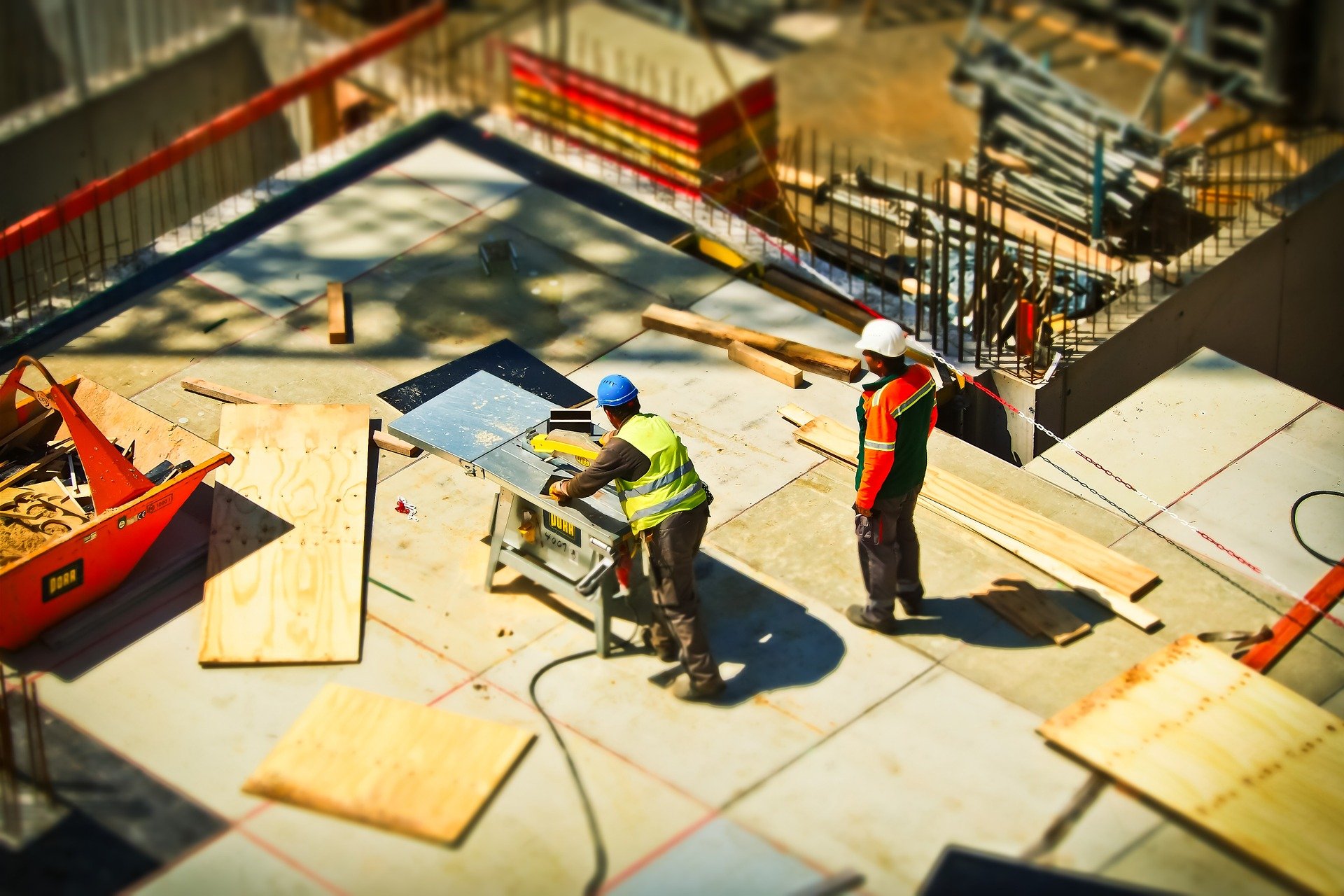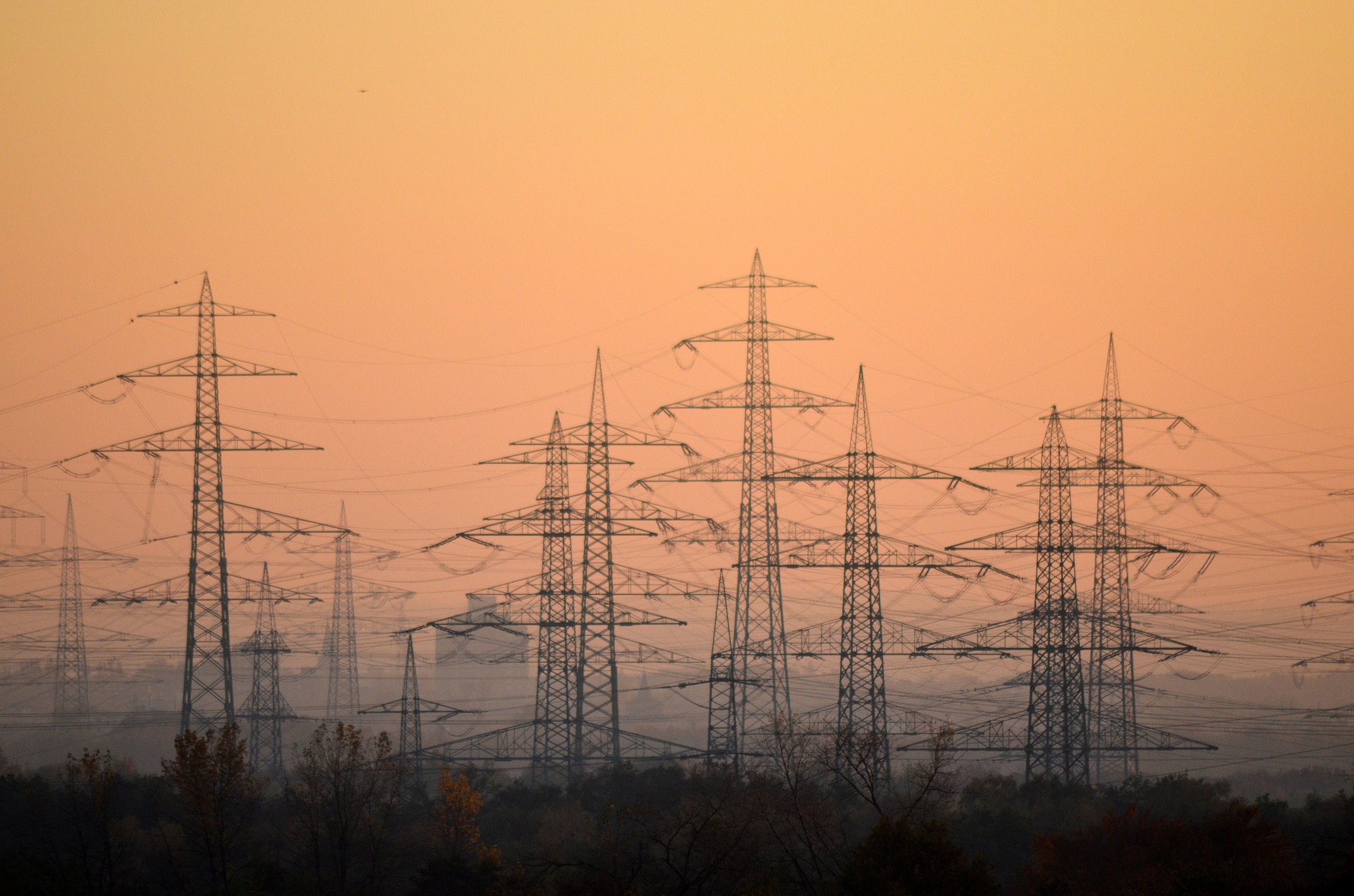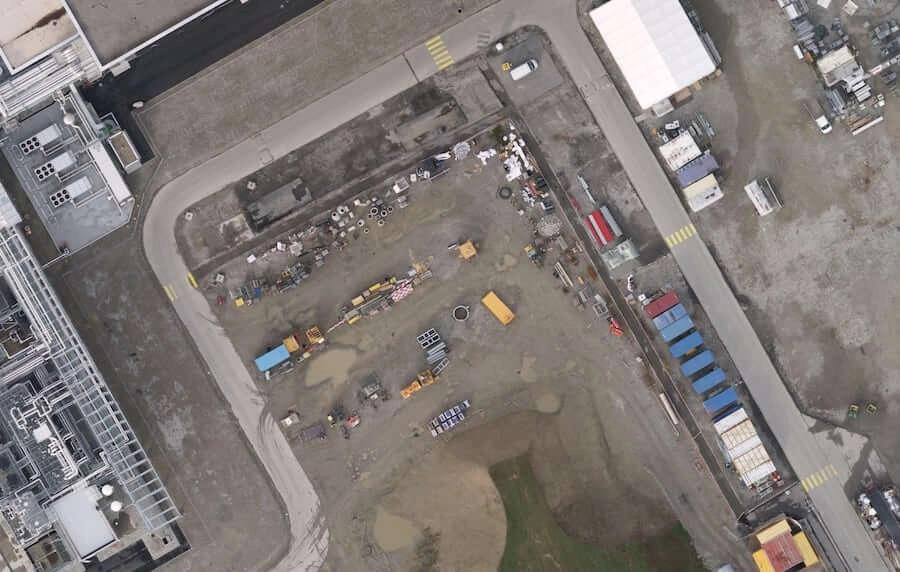What are drones?
This page is dedicated to providing the reader with a clear understanding of what drones are, how they work, and what they can do. Suitable for all levels of knowledge and experience including none!
Drones, also known as UAVs (Unmanned Aerial Vehicles), are unmanned aircraft that are controlled remotely by a pilot on the ground. Drones come in many different shapes and sizes, all suitable for different uses.
There are two main types of drone: multicopter and fixed wing. The key difference is how they fly. Multicopters have several propellors facing parallel to the ground, like shown below, and the drone can move horizontally, vertically, and hover. Fixed wing drones look more like conventional aircraft, with wings and a propellor or propellors facing perpendicular to the ground. This allows for quick horizontal movement, however they cannot hover, and only some can perform vertical take-off.

The batteries are what powers the drone's motors and onboard computer.
The propellers provide the drone with lift and allow it to move in all directions.
Some drones have RTK antennas equipped that provide more accurate positioning.
These allow for remote control by the pilot on the ground.
Some drones have a payload mount that allows different payloads to be used.
This allows the user to see what the drone sees.
Many drones are fitted with visual or infrared sensors to aid object avoidance.
Allows the drone to safely take-off from and land on the ground.
Some drones are fitted with a beacon, ensuring they are visible at long distances.
The batteries are what powers the drone's motors and onboard computer.
The propellers provide the drone with lift and allow it to move in all directions.
Some drones have RTK antennas equipped that provide more accurate positioning.
These allow for remote control by the pilot on the ground.
Some drones have a payload mount that allows different payloads to be used.
This allows the user to see what the drone sees.
Many drones are fitted with visual or infrared sensors to aid object avoidance.
Allows the drone to safely take-off from and land on the ground.
Some drones are fitted with a beacon, ensuring they are visible at long distances.
What can drones do?
Drones can be used in many different industries and for many different applications, from inspection to surveying, and from research to public safety. For each application, there is a drone suited perfectly for this. Browse our industry , application and case studies pages, or get in touch to find out how drones can help you and your business.
How to get the best out of your flight?
Further resources
This page gives a very brief overview of drones and how they are used. For more information please refer to other resources on our website such as our case studies, and information provided on product pages. We continue to add more content to the website in order to educate our customers, and ensure they get the most out of their drone.
For further advice, feel free to contact us at info@epotronic.com or at +49 (0) 211 5 98929 10.


